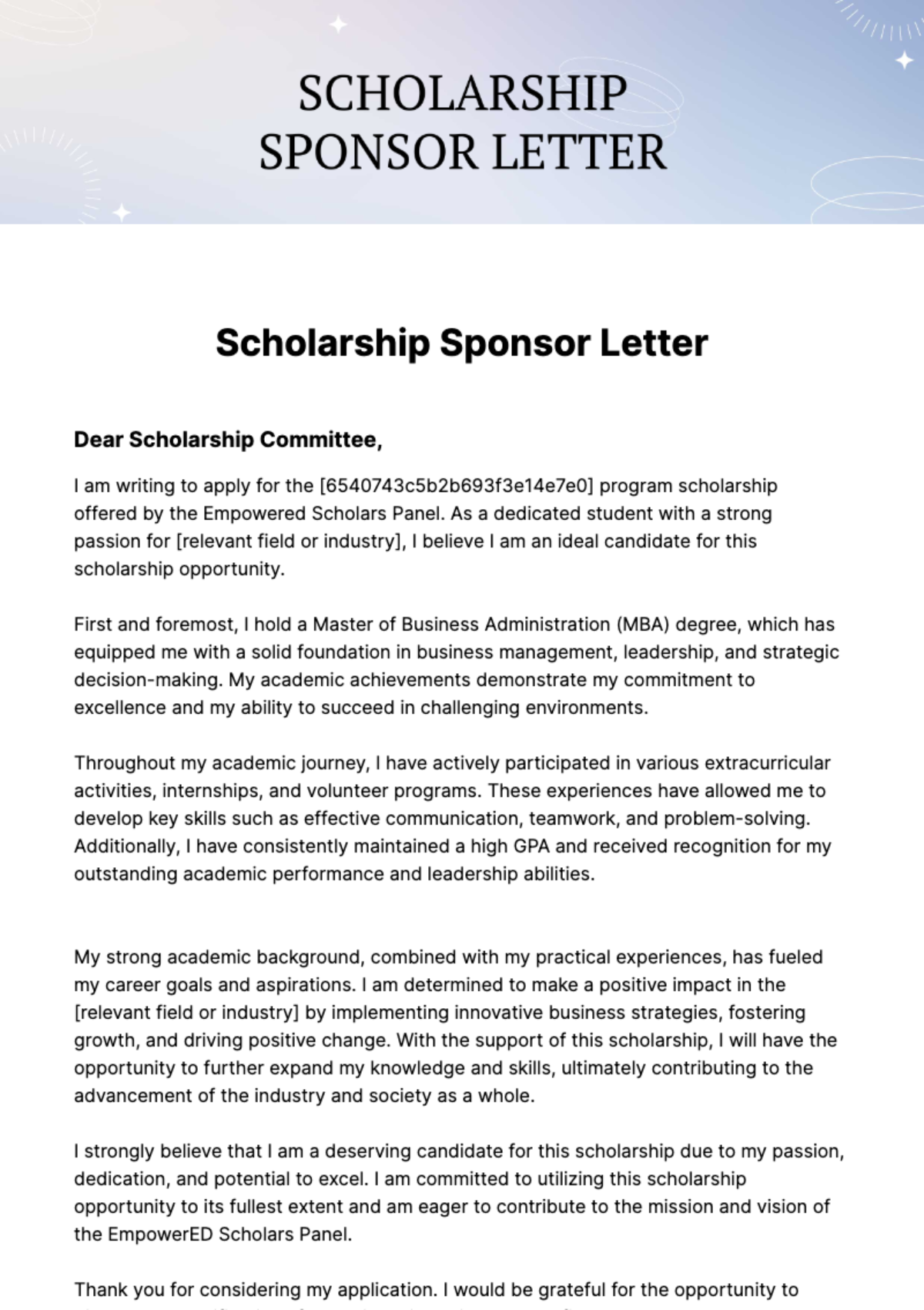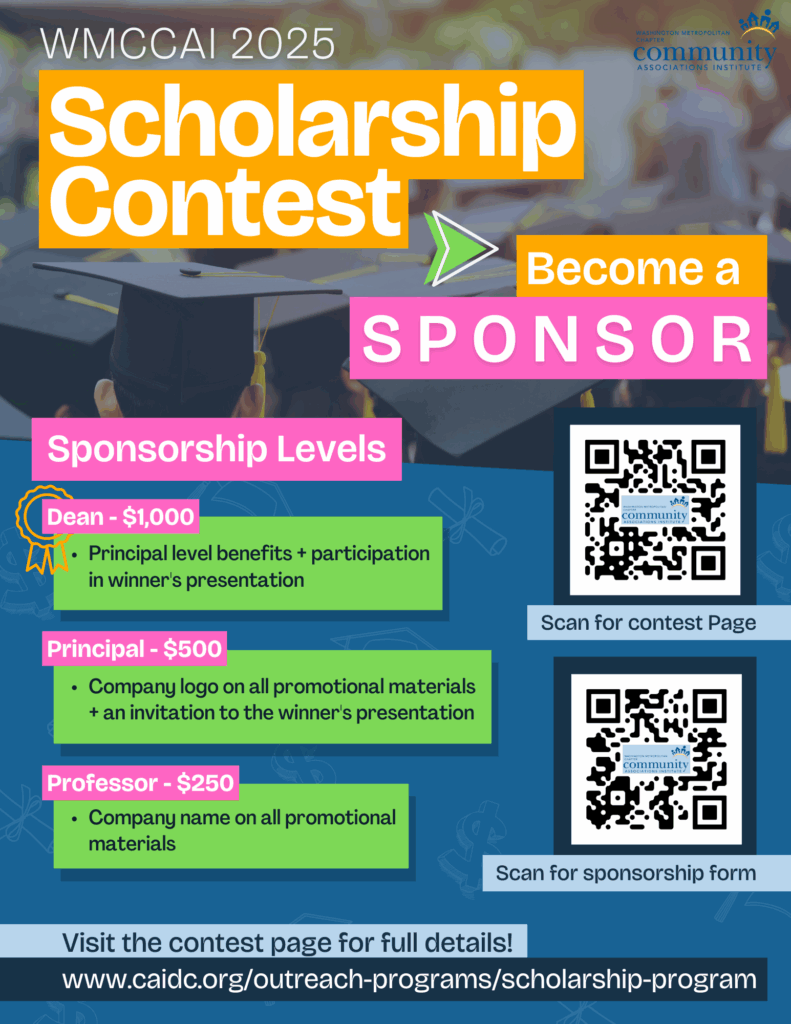Hey there! If you’re anything like I was a few years ago, you’re probably staring at college tuition fees, maybe grad school costs, or even just a certification program, and feeling a knot tighten in your stomach. The numbers are dizzying, the dream feels distant, and the thought of mountains of debt can be truly overwhelming. I’ve been there. I know that feeling of wanting to reach for something bigger but having the financial reality hold you back.
But what if I told you there’s a path less traveled, a secret weapon I discovered that changed everything for me? It’s not a lottery win, and it’s not a magic spell. It’s something real, tangible, and incredibly powerful: sponsorship scholarships.
Let me tell you my story, a story of frustration turning into hope, and ultimately, into a dream realized, all thanks to understanding and pursuing these incredible opportunities.
A Dream and a Mountain of Debt: My Starting Point
I remember sitting at my desk, a cup of lukewarm coffee beside me, the glow of my laptop screen illuminating my worried face. My dream was clear: I wanted to pursue a specific field of study that promised a challenging and rewarding career. The problem? The program was expensive. Like, really expensive. My family wasn’t wealthy, and the idea of taking out massive student loans felt like signing away my future before it even began.
I applied for every "traditional" scholarship I could find – academic merit, essays about world peace, community service awards. Some worked, a little. But they were drops in the ocean compared to the actual cost. I was getting discouraged, feeling like I was running a marathon with ankle weights on.
Then, one evening, while endlessly scrolling through online forums, I stumbled upon a phrase that piqued my curiosity: "corporate sponsored education." It sounded fancy, a bit out of reach, but something inside me said, "Investigate this." That curiosity was the first spark of my journey into the world of sponsorship scholarships.
What Exactly Are Sponsorship Scholarships? (My "Aha!" Moment)
At first, I imagined some giant, faceless corporation just throwing money around. But as I dug deeper, I realized it was much more nuanced and, frankly, more logical.
Sponsorship scholarships are essentially funding opportunities provided by companies, organizations, non-profits, or even individuals, to support students in their educational pursuits. Unlike general scholarships that might be funded by a university or a broad foundation, these are often targeted.
Think about it:
- A tech company might offer scholarships to students pursuing computer science or engineering. Why? Because they want to foster future talent and perhaps recruit them later.
- A healthcare provider might fund nursing students.
- An environmental organization might support research in sustainable energy.
- A local business might invest in students from their community.
It’s a win-win situation. The sponsor gets to:
- Cultivate future talent: They’re investing in the very people who might work for them, or contribute to their industry, down the line.
- Enhance their public image: It’s great PR and shows their commitment to education and social responsibility.
- Support specific causes: They might have a mission they want to advance, and funding students is a direct way to do that.
For me, it was an "aha!" moment. Instead of just asking for money, I needed to show alignment. I needed to find organizations whose goals and needs matched my own academic and career aspirations. This wasn’t just about my need; it was about our mutual benefit.
My Treasure Hunt: Where I Looked for These Golden Opportunities
Once I understood the "what," the next big question was "where?" This wasn’t always as simple as a Google search for "free money." It required a bit of detective work, but trust me, it was worth every minute.
Here’s where I started my treasure hunt:
- Company Websites (Directly): Many larger companies, especially those with strong CSR (Corporate Social Responsibility) programs, have dedicated sections on their websites for scholarships or educational initiatives. I made a list of companies in my desired industry and systematically checked their "Careers," "About Us," "Community," or "CSR" pages.
- Industry-Specific Organizations & Associations: Every industry has professional bodies. For example, if you’re into engineering, there are engineering societies. These organizations often have their own scholarships or list opportunities from their corporate members. They are a goldmine because the scholarships are usually very specific to your field.
- Scholarship Databases (with a twist): Websites like Fastweb, Scholarship.com, or even university scholarship portals are great, but I learned to use them differently. Instead of just searching for "biology scholarships," I started adding keywords like "corporate sponsored," "company scholarship," or specific company names I was researching.
- University Career Services & Department Offices: Believe it or not, your own university can be a great resource. Their career services office often has relationships with companies looking to recruit students, and these relationships can include scholarship programs. Also, check with your specific academic department; they might know of niche opportunities related to your major.
- Networking (The Human Element): This felt intimidating at first, but it was surprisingly effective. I attended online webinars and industry events. I talked to professors, mentors, and people already working in my field. Sometimes, a casual conversation could reveal an opportunity I never would have found online. "Oh, Company X? They have a fantastic program for students, you should look into it!"
This phase required patience. I had many dead ends, but each one refined my search and taught me more about what sponsors were looking for.
Crafting My Story: Making Them Notice Me (My Application Strategy)
Finding the scholarships was one thing; getting them was another. This is where I learned that a generic application simply wouldn’t cut it. My strategy became all about tailoring and connecting.
- Deep Dive into the Sponsor’s Mission: Before I even started writing, I researched the company or organization inside and out. What were their values? What projects were they proud of? What did their CEO talk about in interviews? I needed to understand their "why."
- Connecting My Story to Theirs: This was the crucial part. It wasn’t just about me needing money for my education. It was about how my education and my future goals aligned perfectly with their mission or their industry needs.
- If a tech company was sponsoring AI research, I talked about my passion for AI, my small projects, and how their scholarship would enable me to contribute to the field they cared about.
- If it was a company focused on community development, I highlighted my volunteer work and how my degree would empower me to make a similar impact.
- My personal statement became a narrative of shared purpose, not just a plea for funds.
- Highlighting Relevant Skills and Experience: My resume wasn’t just a list of jobs. I carefully selected bullet points that showcased skills relevant to the sponsor’s interests, even if it wasn’t a direct work experience. Did I lead a team in a school project? That showed leadership. Did I troubleshoot a complex problem? That showed problem-solving.
- Strong Letters of Recommendation: I chose professors and mentors who knew me well and could speak specifically to my skills, my dedication, and how I fit the profile the sponsor might be looking for. I even provided them with details about the scholarship and the sponsor’s mission to help them write a more targeted letter.
- Proofreading, Proofreading, Proofreading: A sloppy application screams "I don’t care." I made sure every single word was perfect. This showed respect for the opportunity and the sponsor.
This was a lot of work, but each tailored application felt like a mini-project, and I was genuinely excited about the possibility of working with these organizations in some capacity.
The Interview Stage: When I Met My Potential Sponsors
For some of the sponsorship scholarships, there was an interview. This wasn’t like a typical job interview, though some elements were similar. It felt more like a conversation about my passion and how it intersected with their vision.
I prepared by:
- Re-researching: I reviewed everything I knew about the sponsor, their recent news, and their current projects.
- Practicing my story: I knew how to articulate my goals and how their scholarship would be a catalyst.
- Preparing questions: I asked thoughtful questions about their work, their vision for the future, and how students they support usually engage with them. This showed genuine interest, not just a desire for money.
- Being myself: Authenticity shone through. They wanted to know the real me, my enthusiasm, and my commitment.
The Big "YES!": The Day My World Changed
The waiting was agonizing. I faced rejections, of course. Many of them. But I kept applying, kept refining, kept believing that one of these tailored approaches would hit home.
And then, one ordinary Tuesday afternoon, an email popped up. The subject line was "Scholarship Award Notification." My heart pounded. I opened it, and there it was, a full sponsorship scholarship from a company in my desired field. It covered my tuition, my books, and even a living stipend.
I remember letting out a gasp, then a whoop of pure joy. I reread the email three times, just to make sure it was real. The weight that had been on my shoulders for so long evaporated in an instant. My dream was no longer just a dream; it was a funded reality.
The feeling was indescribable. It wasn’t just the money; it was the validation, the knowledge that an organization believed in me, saw my potential, and was willing to invest in my future. It changed my academic journey entirely, allowing me to focus on my studies without the constant stress of financial burden.
My Top Tips for Your Own Sponsorship Scholarship Journey (Lessons Learned the Hard Way)
My journey wasn’t easy, but it was incredibly rewarding. If you’re feeling that same financial pressure I did, please, don’t give up. Explore this path. Here are my biggest takeaways:
- Start Early, Start Small: The earlier you begin your search, the more opportunities you’ll find. Even small scholarships add up.
- Think Beyond the Obvious: Don’t just look at the biggest names. Local businesses, smaller non-profits, and industry-specific groups often have less competition for their scholarships.
- Align, Don’t Just Apply: This is the most critical piece of advice. Show why you are a good fit for them, not just why they should help you. Research their values and mission.
- Tailor Everything: Every application, every essay, every resume, every cover letter should be specifically crafted for that particular sponsor. Generic applications rarely succeed.
- Network, Even if it Feels Awkward: Talk to people. Professors, professionals in your field, alumni. You never know who might have a lead or be willing to write a strong recommendation.
- Highlight Your Passion and Impact: Sponsors want to see that you’re not just academically capable, but genuinely passionate about your field and that you aim to make a positive impact.
- Don’t Fear Rejection: It’s part of the process. Learn from each one, refine your approach, and keep going. My success came after many "no"s.
- Professionalism Matters: From your email etiquette to your application presentation, always maintain a high level of professionalism.
Your Dream Awaits: Take That First Step!
Looking back, discovering sponsorship scholarships wasn’t just about finding money for school. It was about learning to advocate for myself, to connect my aspirations with the needs of the wider world, and to never give up on a dream.
If I, a regular student with big dreams and a tight budget, could navigate this path, so can you. The opportunities are out there, waiting to be discovered by someone with your drive and your unique story. Take that first step. Start your treasure hunt. Research. Tailor. Connect. Your debt-free dream might be closer than you think. Good luck!



